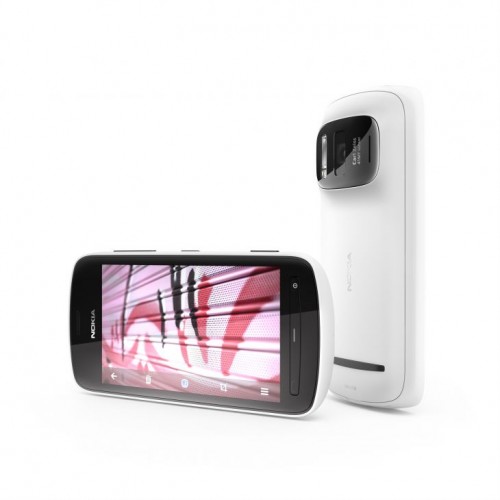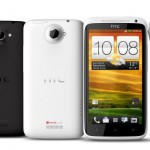No, that’s not a typo.
The Finnish phone maker has taken quite a number of people by surprise by unveiling a phone, sorry, camera, that boasts a sensor capable of 41 megapixels of detail and actually runs on Symbian Belle, just when many have expected the dated OS to be sent into the sunset for retirement.
The 808 PureView, revealed just moments ago at the Mobile World Congress show in Barcelona, uses Carl-Zeiss optics and promises enough resolution for folks who prefer to carry around a phone rather than a traditional point and shoot camera.
Camera buffs will tell you that megapixels are just one part of the equation – if the lens is rubbish, all that resolution is only good in capturing rubbish as well.
Even Nokia itself is quick to emphasise that the megapixels are not the main story. In fact, the highest resolution you can shoot at seems to be just 38-megs, with the 5- and 8-meg settings more relevant most of the time.
So why have such a sensor? The reason, says the company, is that users can now crop to their hearts’ content from a large picture without losing any resolution. Possibly, you can now do ultra-tight crops on a person’s face when the original shot had captured a full-body shot along with half the scenery of Bali?
We’ll have to check out the 808 PureView in the weeks ahead to know for sure. But it sure intrigues users to know that Nokia is taking on the digital camera makers seriously by putting out a phone that is not just easy to share pictures with, but also somewhat serious on quality, at least on paper.
What you can also expect, of course, are Xenon flash and a video light on the side. The 808 PureView is capable of 1080p videos, by the way, and promises to shoot well in low light, unlike many small pocket shooters that also double up to make phone calls.
The phone, in case you forgot it’s still a phone, comes with a 4-inch screen (modest for smartphones, not bad for cameras) and 16GB of storage memory, which can be expanded with a microSD card.
What’s also surprising is that the 808 PureView uses Symbian. Okay, it’s the latest version of the somewhat dated smartphone OS that has been falling behind iOS and Android and seemingly to be cast out soon by Nokia in favour of Windows Mobile at one point.
But its continued survival perhaps points to folks within the Finnish company who believe it has many more years to go, possibly in a new category of devices that are camera-first, phone-second. Question is, will users prefer to have all that camera optics paired with a newer and snazzier Windows Phone OS instead?







Are you sure they have a real physical sensor with 41 MP or artificially increased with software?